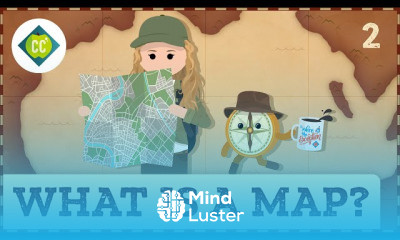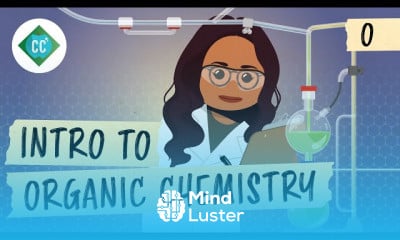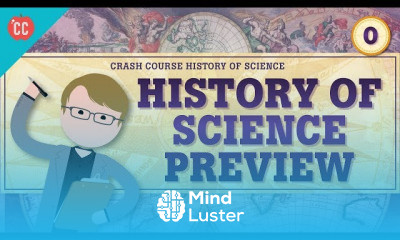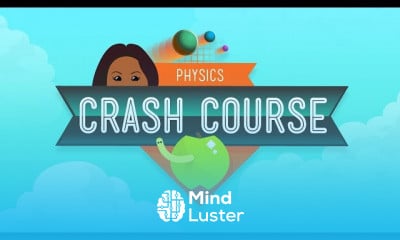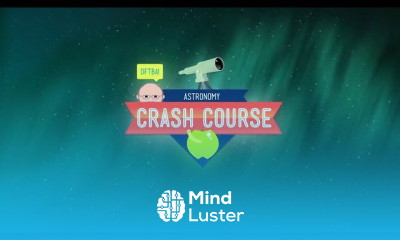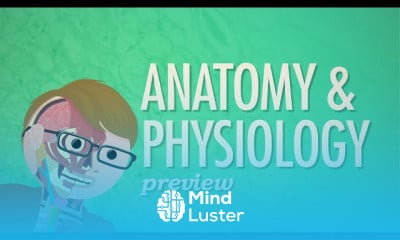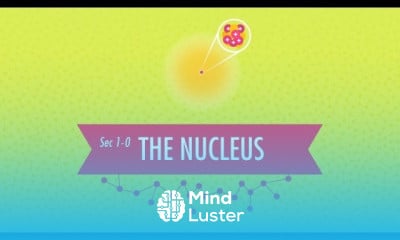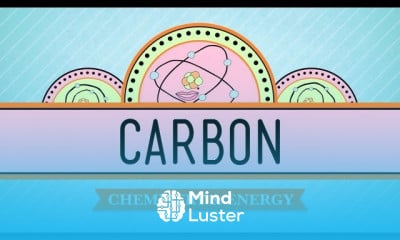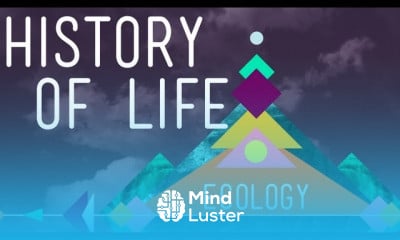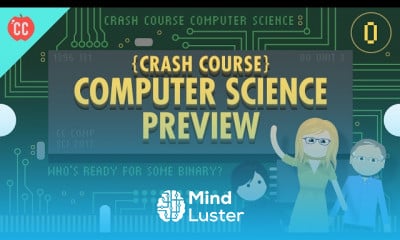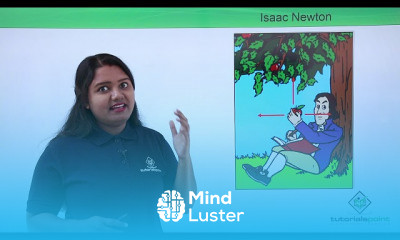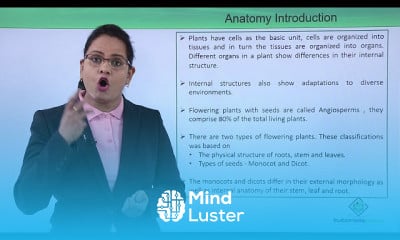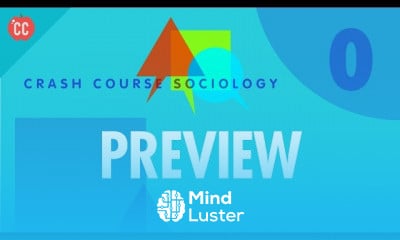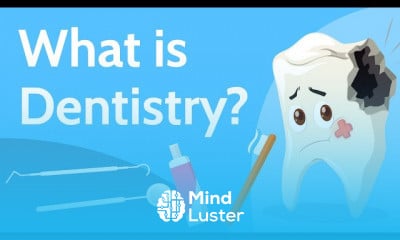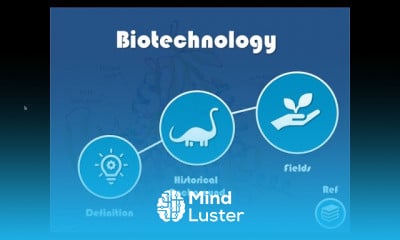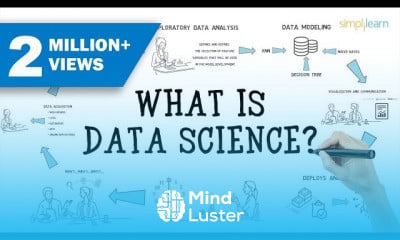Sympathetic Nervous System Crash Course A P 14
Share your inquiries now with community members
Click Here
Sign up Now
Lessons List | 48
Lesson
Show More
Lessons
Comments
Related Courses in Science
Course Description
Anatomy and physiology are two of the most basic terms and areas of study in the life sciences. Anatomy refers to the internal and external structures of the body and their physical relationships, whereas physiology refers to the study of the functions of those structures. What are the basics of anatomy and physiology?
Basic Anatomy and Physiology. Anatomy and physiology is the study of the body's systems and structures and how they interact. Anatomy focuses on the physical arrangement of parts in the body while physiology is the study of the inner functioning of cells, tissues, and organs. What is learned in anatomy physiology?
What You'll Learn in Anatomy and Physiology. In Anatomy and Physiology, you're going to learn about body systems, organs, muscles, bones, tissue types, nerves, organ systems, immune system, cells, and more. What are the three types of anatomy?
Gross anatomy is subdivided into surface anatomy (the external body), regional anatomy (specific regions of the body), and systemic anatomy (specific organ systems). Microscopic anatomy is subdivided into cytology (the study of cells) and histology (the study of tissues). What are the 12 organs of the body?
They are the integumentary, skeletal, muscular, nervous, endocrine, cardiovascular, lymphatic, respiratory, digestive, urinary, and reproductive systems. Only the reproductive system varies significantly between males and females What are the 5 branches of anatomy?
Anatomy is the field of science concerned with the study of the physical structures of organisms. It's divided into several branches, including histology, embryology, gross anatomy, zootomy, phytotomy, human anatomy, and comparative anatomy. What are the 11 systems in the body?
The 11 organ systems include the integumentary system, skeletal system, muscular system, lymphatic system, respiratory system, digestive system, nervous system, endocrine system, cardiovascular system, urinary system, and reproductive systems. Is basic anatomy and physiology hard?
Anatomy and physiology is difficult but very doable! ... With physiology, it becomes more challenging when you have to remember (and I mean really memorize) complex processes and functions of different components of the human body in exact detail.
Trends
Learning English Speaking
English greetings and responses
Video editing with adobe premiere
French
Digital Logic Families in Digital Electronics
MS Excel
Python programming language
Mobile Apps from Scratch
Create a website with wordPress for beginners
Magento Formation Français
Communication Skills
Electrical transformers types for beginners
Basic Structure of a Java Program
Data Science with Python conditions
Influencer marketing strategies for beginners
PN Junction in Electronic Devices
AUTOMATA THEORY
Business Law fundamentals
programmation Java
Data Structure in C for Beginners
Recent
Creating monthly budget application in excel
Printing student ID cards with excel tools
Building mobile apps with excel sheets
Create a mobile app from an excel
Create drag and drop task scheduler In excel
Creating a project manager in excel
Creating school ID cards in excel
Creating automated excel Forms
ChatGPT tools for excel
Create contact scheduler application in excel
Creating meeting scheduler in excel
Excel for unlimited Labels
Creating Professional emails in excel with AI
Designing Point of sale application in excel
Building a retirement Planner in excel
Create complete employee Payroll In excel
Contact scheduler application in excel
Travel managing application in excel
Create Cafe manager application In excel
Excel for managing file attachments



